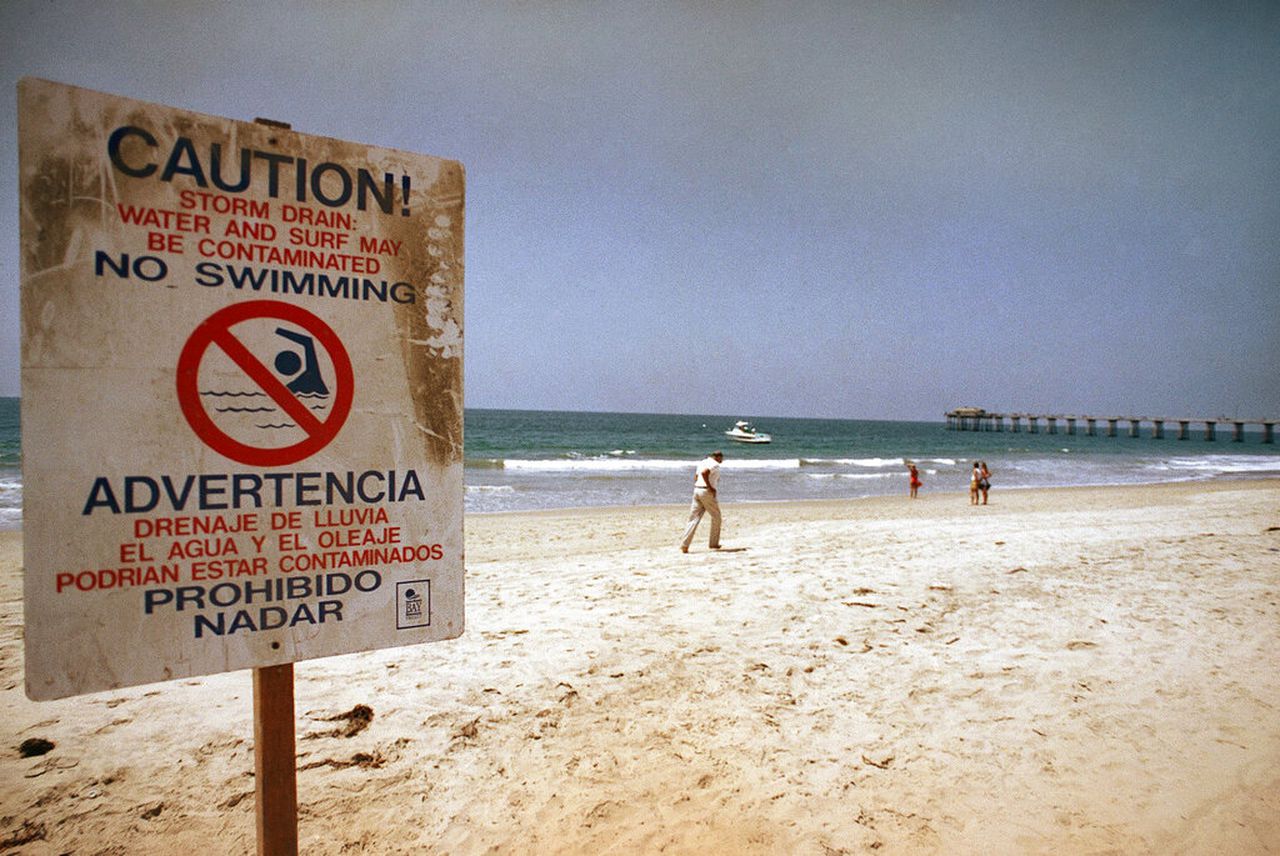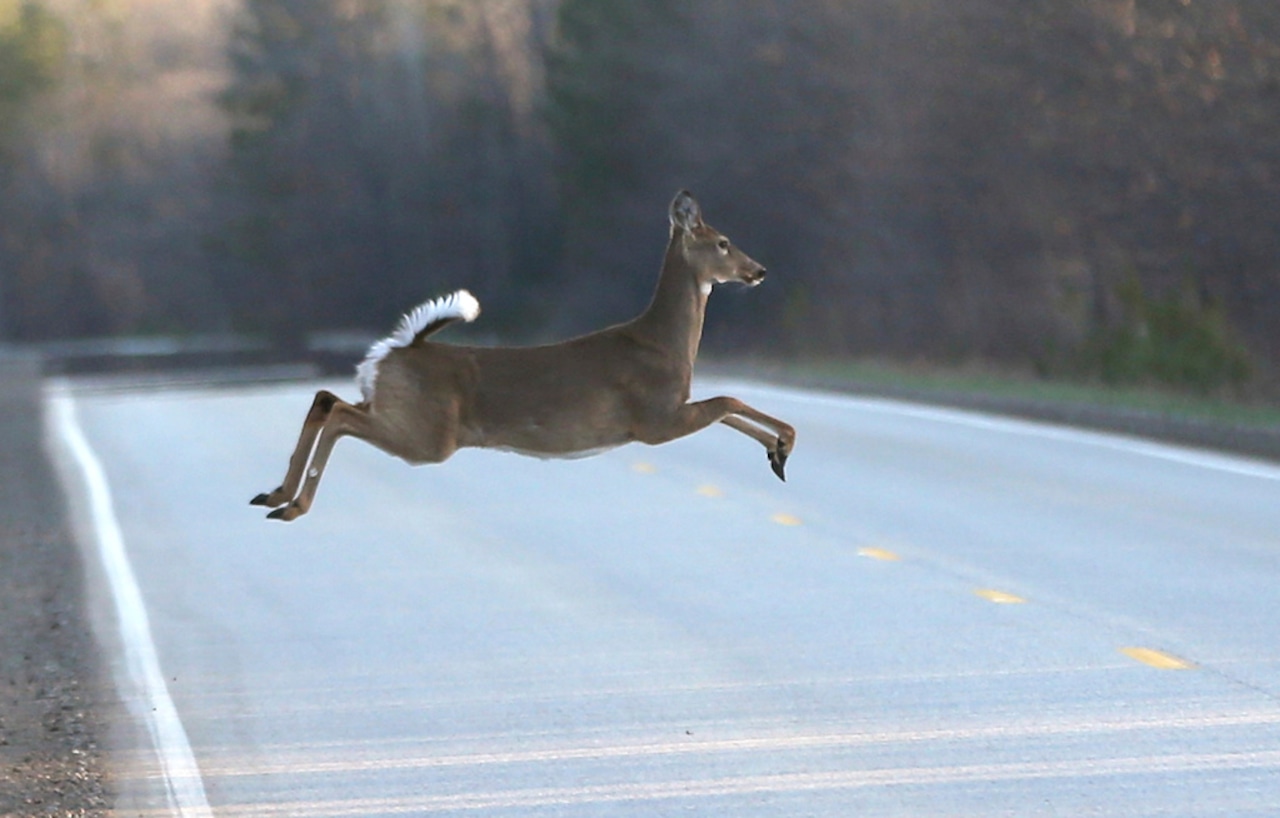
During what has been described as one of our hottest summers on record, millions of Americans fled to the beaches, hoping to catch a breeze and maybe find a patch of cool water.
And while they might find those things in some places, many people are also finding heavily polluted beaches as well. So, National Beach Day seems like a good time to remind y’all to keep those cuts covered, avoid swallowing water, and, honestly, avoid certain beaches altogether.
In 2022, 55% of American beaches were contaminated with fecal bacteria, up 2% from the year before, according to a study by Environment America, a Colorado-based advocacy coalition made up of environmental groups in 30 states.
Regionally, Gulf Coast beaches are the worst performing, with 84% unsafe for at least a day in 2022, according to the report. That’s followed by the West Coast and then the Great Lakes with 70% and 63% respectively.
The issue of dirty beach water has been known for years. And while some have improved, the general state of the nation’s beaches remains poor, according to a co-author of the report.
“Even as we celebrate the last days of summer, too many of our beaches remain plagued with pollution from sewer systems and contaminated runoff,” said Tony Dutzik, associate director and senior policy analyst with Frontier Group, a California-based environmental advocacy group. “Thanks to the federal bipartisan infrastructure law, states and cities have new resources available to fix their aging water infrastructure and make the water at our beaches safe for swimming. But it is up to them to take the lead.”The study surveyed 3,192 beaches across the U.S. Over half reported at least one day where fecal contamination exceeded the safety guidelines set by the EPA’s “Beach Action Value.”
The value is a conservative benchmark states can employ to inform the public about beach conditions. It’s worth noting that some beaches could have had unsafe contamination levels on days when no testing was conducted.
While some beaches may have only been monitored for less than a week throughout 2022, others were monitored for hundreds of consecutive days. Below is a list of the worst-performing U.S. beaches and the percentage of days they were deemed potentially unsafe, according to the 2022 report.
11. Tijuana National Wildlife Refuge, Cal.: 69%
Like many of San Diego’s beaches, the wildlife sanctuary is similarly besieged by pollutants from Mexico. A mixture of untreated sewage, garbage, and muddy sediment flows freely from the Tijuana River. During the summer months, the currents of the Pacific help move contaminants from Tijuana’s wastewater treatment facility to the sands of Southern San Diego County.
10. St. Clair Shores Memorial Park Beach, Mich.: 73%
The Michigan beach has a long history of sewage contamination. In 2018, 760 million gallons of partially treated sewage water was dumped in the water. Seven years before that, 2.6 billion gallons were dumped on the same beach.
9. Imperial Beach, Cal.: 73%
Just this June, The San Diego Board of Supervisors called a state of emergency at the beach because of ongoing sewage pollution flowing across the U.S.-Mexico border. So bad is the problem the state government has asked the Biden administration for federal assistance.
8. South Kenai Beach, Alaska: 75%
Rather than humans making humans sick, it’s birds at South Kenai River. Seasonally elevated levels of fecal coliform and enterococci bacteria are often found in the lower Kenai River during dipnetting season, which is basically fishing with a very large net. The high bacterial load is a result of large amounts of shorebirds that gather fish waste discarded by dipnetters.
7. Koloa Landing, Hawaii: 75%
The Kauai County-based beach is primarily polluted because of surface runoff, which can wash animal and chemical waste into nearby waters. Waste can also come from human and chemical waste belonging to the island’s 14,000 cesspools. These contaminants can eventually become concentrated in rivers and streams, which then push them out into beaches and surf sites.
6. Sandy Beach, Mass.: 75%
This Massachusetts beach also has a long history of closing because of high levels of bacteria in the water. In 2021, a strong smell and high bacteria levels saw the beach closed in the middle of summer. Some thought it was a burst sewage pipe, while local leaders said that heavy rains and high temperatures had caused buried rotten seaweed to emerge from the sand.
5. Nye Beach, Ore.: 77%
The contamination at Nye Beach is particularly problematic. There’s an active health advisory in effect following the discharge of over a million gallons of untreated water this summer by the Newport City Water Treatment Plant.
4. Singing Bridge Beach, Mich.: 80%
The beach has a long history of contamination going back decades and has been closed due to a “staggering” E. coli outbreak over a dozen times. It’s believed that E.coli stems from human and animal feces.
3. Myrtle Beach, S.C.: 82%
South Carolina’s famous beach is often polluted after heavy rains fall on highly developed areas. Rather than being taken care of by nature, the rainwater runs off roadways, sidewalks and parking lots, spreading pollutants along the way. In some areas, large drain pipes dump stormwater runoff onto the beach and into the ocean.
2. Manzanita Beach, Ore.: 90%
Despite its natural beauty and seemingly environmentally conscious residents, Oregon has really dirty beaches. Manzanita Beach is the dirtiest of all.
1. King’s Cross Beach, Ga.: 100%
While the beach comes in at number 1 on the list, the Georgia Department of Natural Resources employee who oversees testing at the beach says more context is needed.
“In 2022, we tested 777 times on our tier-one beaches,” said Ed Zmarzly, who said nearby marshes, which are home to Georgia’s wildlife, are to blame for fecal matter. “Our tier-one beaches are found on Jekyll, St. Simons and Tybee. Of those 777 tests, we’ve only had 23 advisories. That’s coming back at 97 percent of our tests are coming back fine, safe swimming water.”
Zmarzly’s department tests King’s Cross Beach for enterococcus, a bacteria found in feces.






